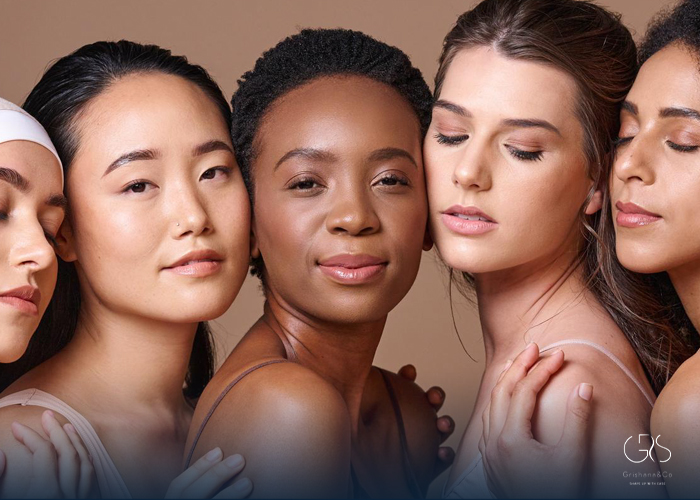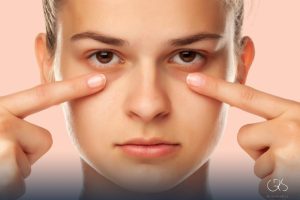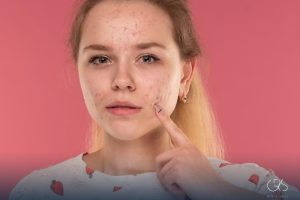The diversity of human skin is a fascinating characteristic that varies from person to person. The wide range of skin types has a significant impact on how we care for and protect our skin. In this article, we will explore the four primary skin types, supported by relevant statistics and diverse perspectives.
I. Normal Skin:
Normal skin is often considered the ideal type, desired by many, as it exhibits a balanced level of oil production, hydration, and overall skin health. It is generally smooth, and the pores are not easily visible. However, even individuals with normal skin can experience occasional dryness or oiliness due to environmental factors or fluctuating hormone levels.
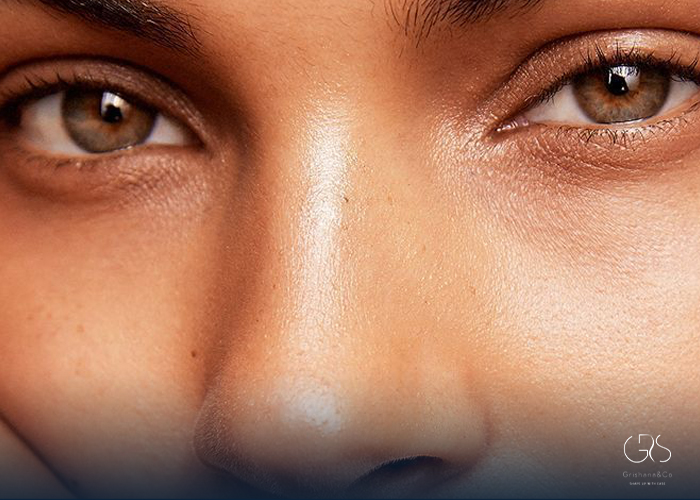
Statistics:
- According to a study conducted by the American Academy of Dermatology Association, approximately 68% of people have normal skin type.
Diverse Perspective:
It is important to remember that even individuals with normal skin may require varied skincare routines. Factors such as age, climate, and lifestyle choices may affect the individualized needs of normal skin.
II. Dry Skin
Dry skin is characterized by a lack of moisture and oil, resulting in a tight and sometimes rough texture. It may feel itchy or appear dull. Dry skin often lacks a natural barrier against external elements, making it more prone to sensitivity and premature aging.
(To learn more about dry skin routine please refer to this article)
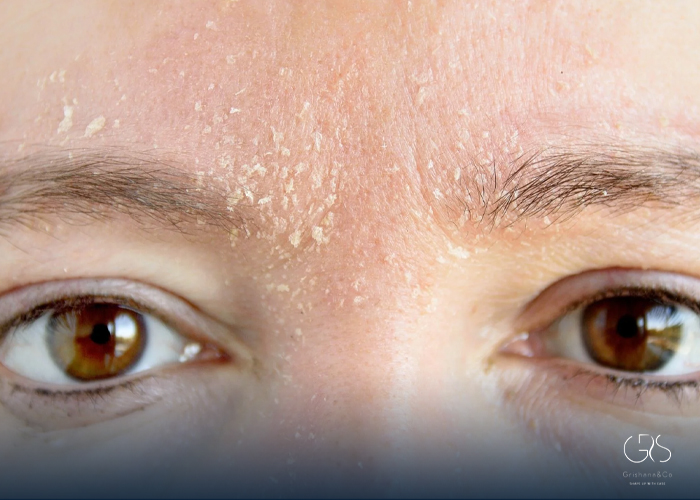
Statistics:
- The American Academy of Dermatology Association suggests that dry skin affects up to 61% of the population.
Diverse Perspective:
Some individuals with dry skin may have genetic predispositions, while others may develop it as a result of environmental factors or lifestyle choices, such as excessive sun exposure or using harsh skincare products. Understanding the underlying cause of dry skin can help tailor an effective skincare regimen.
III. Oily Skin:
Oily skin is characterized by overactive oil glands, leading to excess oil secretion, often resulting in shininess, enlarged pores, and a tendency towards breakouts. Oily skin can undergo changes due to hormonal fluctuations, stress, or humidity.
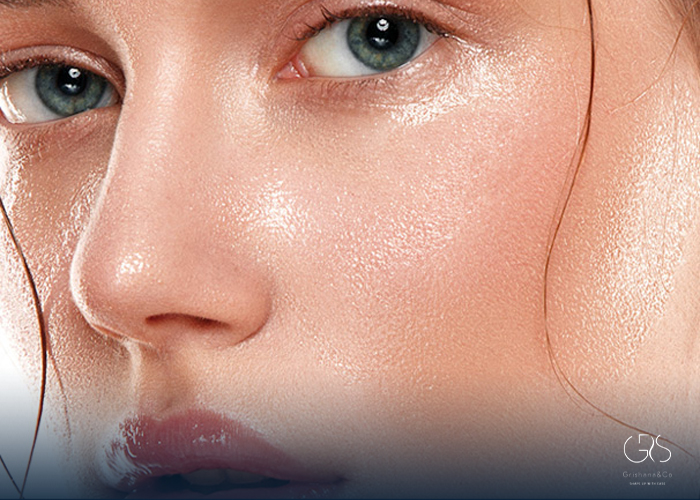
Statistics:
- According to a study published in the Indian Journal of Dermatology, oily skin affects around 70% of the global population.
Diverse Perspective:
While oily skin is often associated with acne-prone individuals, it is important to note that not everyone with oily skin experiences breakouts. Some individuals with oily skin may have a naturally glowing complexion, resulting in a more positive perception of their skin type.
IV. Combination Skin:
Combination skin is a blend of two or more skin types, most commonly oily and dry skin. The T-zone, consisting of the forehead, nose, and chin, typically exhibits oiliness, while the cheeks tend to be drier or normal. Combination skin can be challenging to manage, as it requires balancing conflicting needs within different areas of the face.
Statistics:
- A study published in the Journal of Clinical and Aesthetic Dermatology suggests that approximately 60-70% of people have combination skin.
Diverse Perspective:
Combination skin presents a unique challenge as individuals must adopt a skincare routine that efficiently moisturizes the dry areas while controlling oiliness in the T-zone. Understanding the specific needs of each skin area is key to achieving optimal skin health.
Conclusion:
With the understanding that there are four distinct skin types, normal, dry, oily, and combination, it becomes evident that there is no one-size-fits-all approach to skincare. Recognizing the diverse needs of different skin types allows individuals to make informed decisions about their skincare routine, ultimately promoting healthy skin and overall well-being.
Sources
- American Academy of Dermatology Association. (2021), Skin of Color Survey Results
- National Library of Medicine, Serum Vitamin D3 Levels and Diffuse Hair Fall among the Student Population in South India: A Case-Control StudySerum Vitamin D3 Levels and Diffuse Hair Fall among the Student Population in South India: A Case-Control Study

